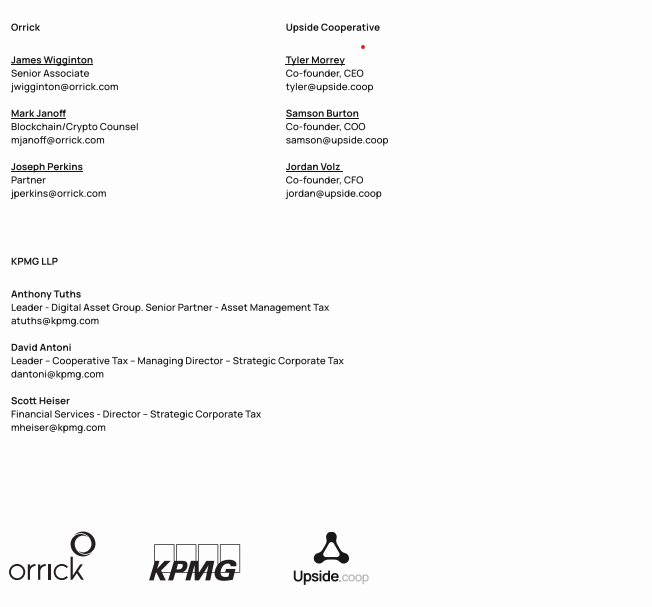.png)
Cooperatives: An Ownership Model for Digital Networks
Could a legal structure common to credit unions and rural utilities revitalize blockchain and help realize the web3 vision of a new digital world?
Turbulence in the crypto and blockchain markets over the past year has shed light on a question that has received increasing attention: how web3 companies share ownership in digital networks, including through tokens.
As the industry wrestles with this question, builders and investors should consider an approach that offers several advantages: adding cooperatives to their ownership structures. A handful of web3 projects have done so, but the model is not widely understood in the web3 context.
Credit unions, rural utilities, insurance companies, and agriculture producers often organize as cooperatives. In web3, projects that add cooperatives to their ownership structures could boost participation and reduce regulatory risk while giving users more control of the digital networks they use and a share of the value they create.
The SEC has consistently declined to classify cooperative memberships as securities, enabling cooperatives to distribute ownership to users quickly and easily, while also offering important protections to their members.
We expect a growing number of builders and investors to examine adding cooperatives to existing ownership structures or to organize new ventures in this way. Giving users ownership through cooperatives might even provide builders and investors a better return on investment than if they shared ownership with users through tokens alone. This is because the cooperative structure rewards users in proportion to their participation and consequently may provide a stronger incentive than tokens for users to engage with and strengthen digital networks.
Cooperatives may not be the solution for every project, but they could offer a viable option in cases where existing models of granting ownership fall short. They also offer a promising avenue to fulfill broader web3 aspirations of decentralization and user empowerment.
Read Full Story.